Three Major Warning Signals for Bitcoin: Is a Market Shift Just One Spark Away?

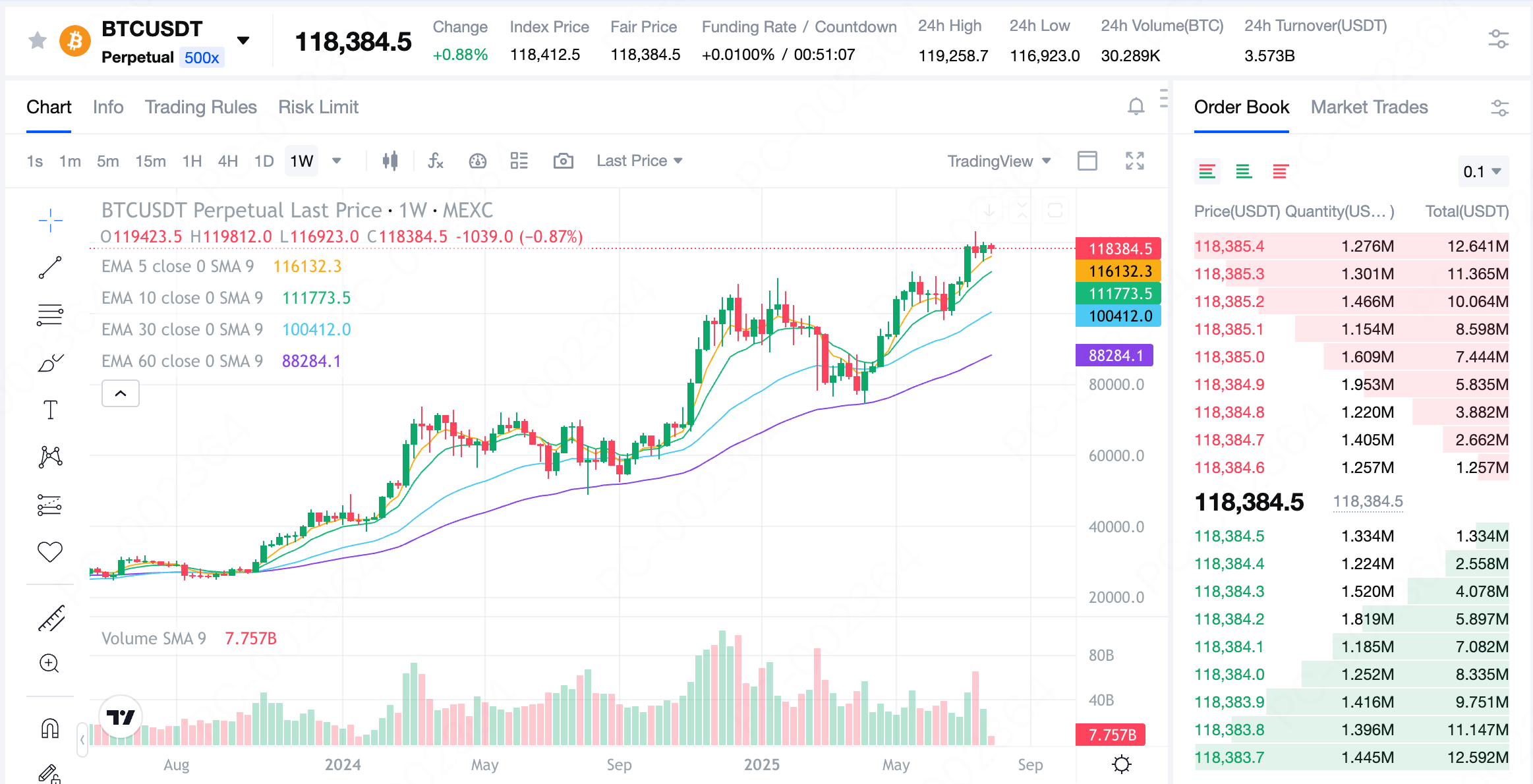
1. Derivatives market signals intensify, short-side leverage dominates short-term structure
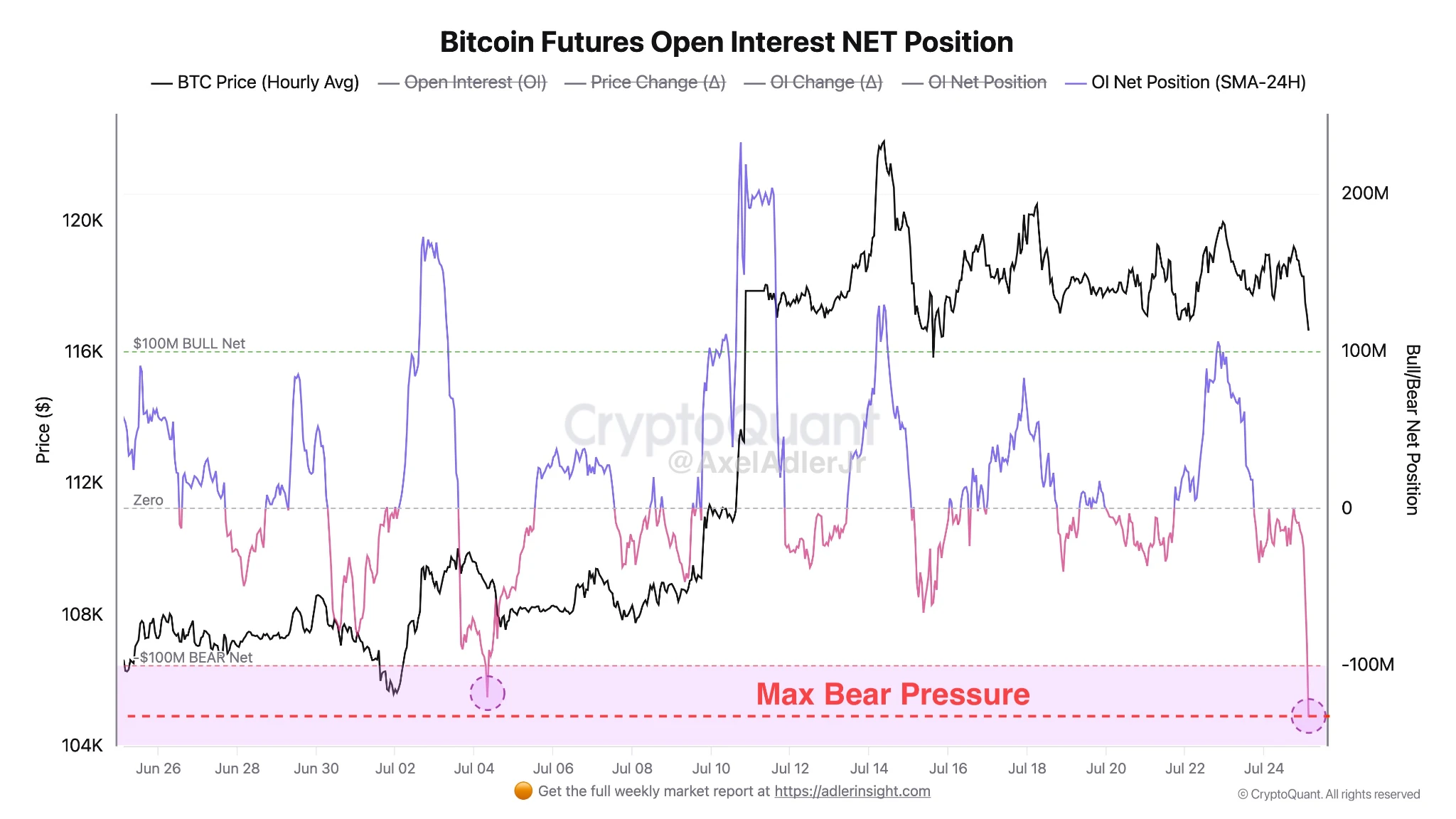
2. On-Chain Profit-Taking and Seasonal Structural Risks Align
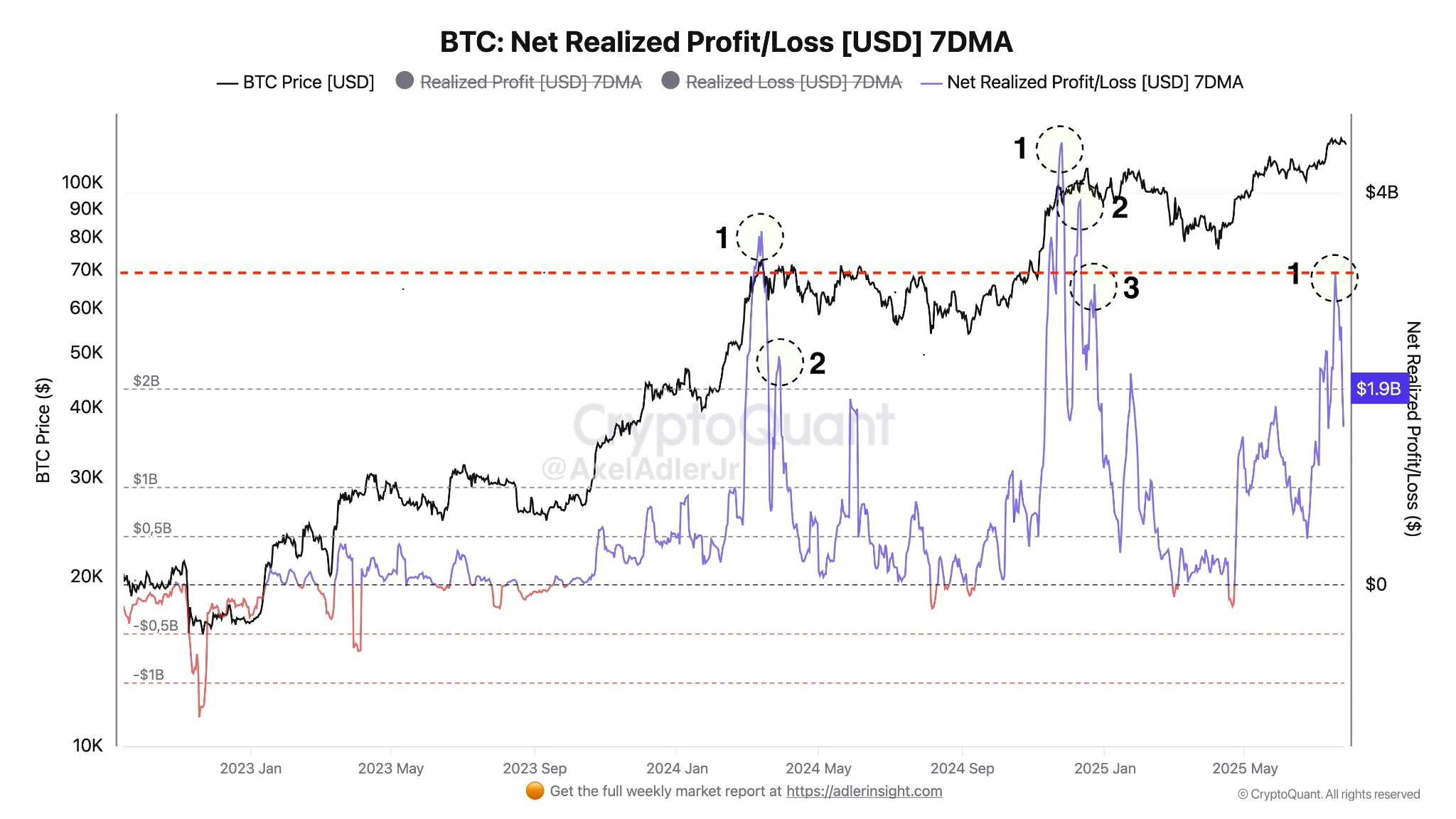
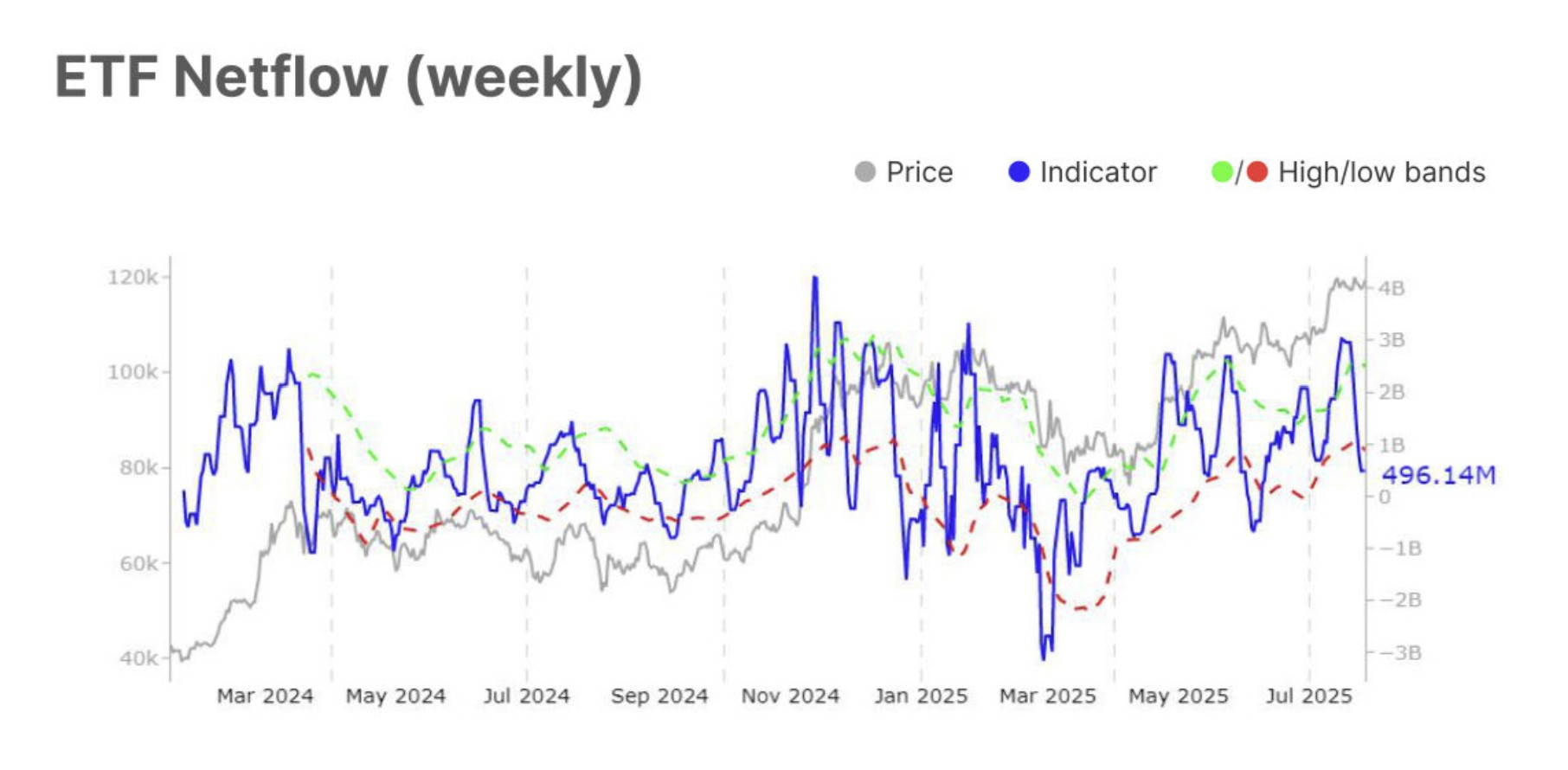
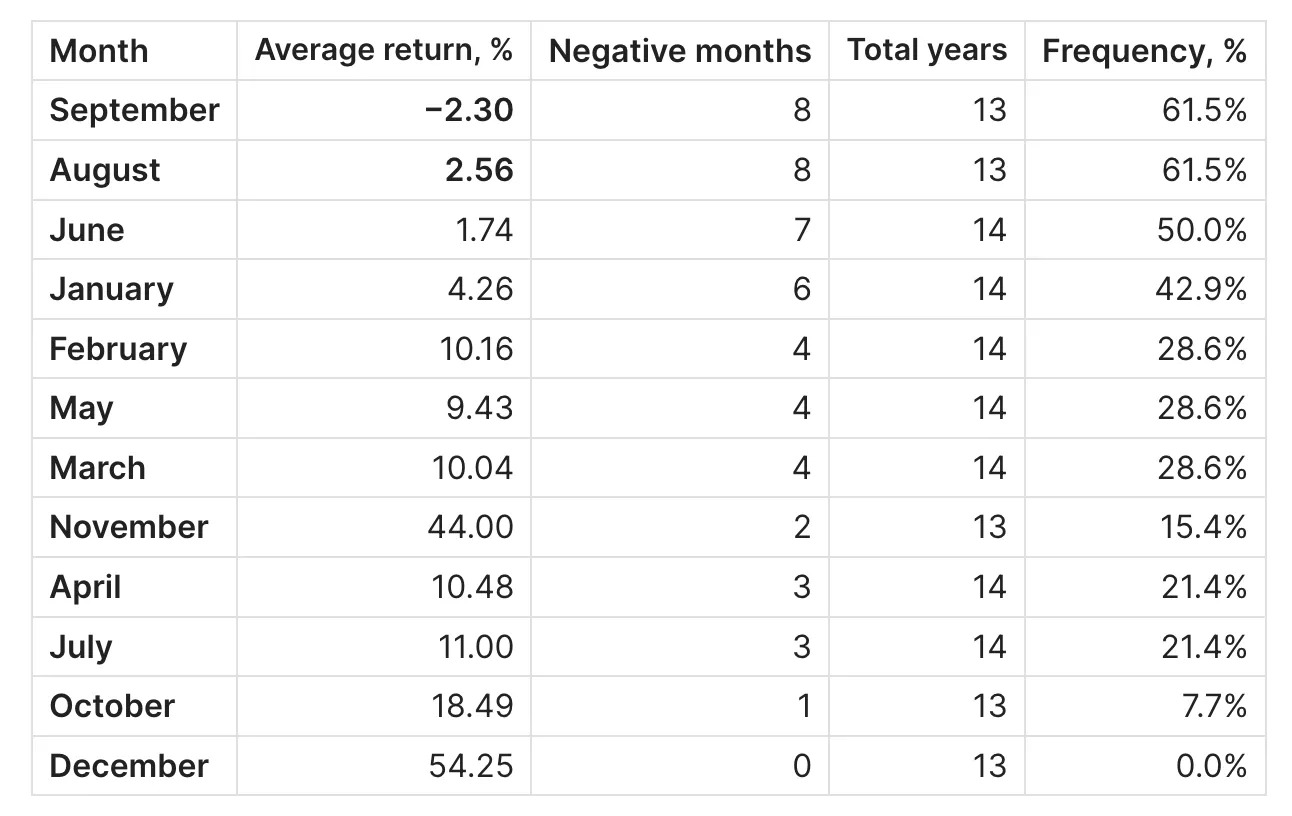
3. Whale Selling Exerts On-Chain Pressure
4. Key Zones and Policy Catalysts: Market at a Critical Turning Point
5. Temper Risk Appetite, Let Strategy Guide Action
- Why Choose MEXC Futures? Discover the advantages and features of MEXC Futures to get ahead in the market.
- How to Participate in M-Day Learn the steps and tips to join M-Day and claim your share of over 70,000 USDT in daily futures bonuses.
- MEXC Futures Trading Tutorial (App) A step-by-step guide to futures trading on the app—start trading with ease and confidence.
Popular Articles

How to Stake Cardano? ADA Staking Guide for Beginners
Looking to earn passive income with your Cardano holdings? Staking ADA offers a straightforward way to generate rewards while supporting network security. This guide covers everything from basic staki

Lido Staking: Earn ETH Rewards Without Locking Your Assets
Want to earn passive income from your Ethereum holdings without giving up access to your funds?Lido staking solves the biggest problem with traditional ETH staking—locked assets and high entry barrier

How to Store Dogecoin (DOGE) Safely?Practical Wallet Guide & Risk Avoidance Tips
Securing your digital assets is the most critical step after acquiring cryptocurrency. For Dogecoin (DOGE) - a digital currency celebrated for its community-driven approach and ease of use - selecting

USDT Staking: How to Earn Interest on Tether with High APY Rates
Earning passive income from cryptocurrency doesn't always mean riding volatile price swings. USDT staking offers a way to generate returns on your Tether holdings while maintaining the stability of a
Hot Crypto Updates

Nine-Figure Net Worth: The New Milestone in Wealth Creation
The concept of nine-figure net worth, ranging from $100 million to just under $1 billion, marks a critical threshold in the modern economy distinguishing ultra-high-net-worth individuals (UHNWIs) from

Dogecoin (DOGE) Bullish Price Prediction
Introduction to Bullish DOGE OutlookOptimistic investors often look to bullish price predictions for Dogecoin (DOGE) to identify the coin's growth potential during favorable market cycles. A bullish o

Dogecoin (DOGE) 7-day Price Change
The Latest Dogecoin (DOGE) price has shown notable short-term fluctuations over the past week, reflecting shifting sentiment around meme coins and broader market conditions. In this article, we'll exa

BOB (BOB) Price Updates: Latest Market Movements and Cryptocurrency Trading Insights
Staying updated with the latest price updates of BOB (BOB) helps crypto traders and investors monitor market shifts, track cryptocurrency volatility, and make timely investment decisions in the crypto
Trending News

SHow ShowTime Advanced Supports Healthy Skin, Coat, and Digestion
Choosing the right diet is one of the most important decisions you can make for your dog’s long-term health—especially when it comes to supporting healthy skin,

The hard truth behind the US-Indo Pacific strategy
MOST of the world knows how to respond to the US’ new National Security Strategy. As my colleague Marc Champion has written, Russia loves it. Liberal Europeans

Zero Knowledge Proof Goes Viral After Featuring on CoinMarketCap As LiquidChain & Bitcoin Hyper Still in “Coming Soon” Mode
Explore how ZKP Crypto stands out among presale crypto projects with CoinMarketCap visibility, as LiquidChain and Bitcoin Hyper work on their Layer-3 and Layer-

‘Over $10m lost annually’ – Why Aave Labs is under fire
The post ‘Over $10m lost annually’ – Why Aave Labs is under fire appeared on BitcoinEthereumNews.com. The Aave community is embroiled in an ownership crisis. Both
Related Articles

How to Stake Cardano? ADA Staking Guide for Beginners
Looking to earn passive income with your Cardano holdings? Staking ADA offers a straightforward way to generate rewards while supporting network security. This guide covers everything from basic staki

Lido Staking: Earn ETH Rewards Without Locking Your Assets
Want to earn passive income from your Ethereum holdings without giving up access to your funds?Lido staking solves the biggest problem with traditional ETH staking—locked assets and high entry barrier

How to Store Dogecoin (DOGE) Safely?Practical Wallet Guide & Risk Avoidance Tips
Securing your digital assets is the most critical step after acquiring cryptocurrency. For Dogecoin (DOGE) - a digital currency celebrated for its community-driven approach and ease of use - selecting

USDT Staking: How to Earn Interest on Tether with High APY Rates
Earning passive income from cryptocurrency doesn't always mean riding volatile price swings. USDT staking offers a way to generate returns on your Tether holdings while maintaining the stability of a
